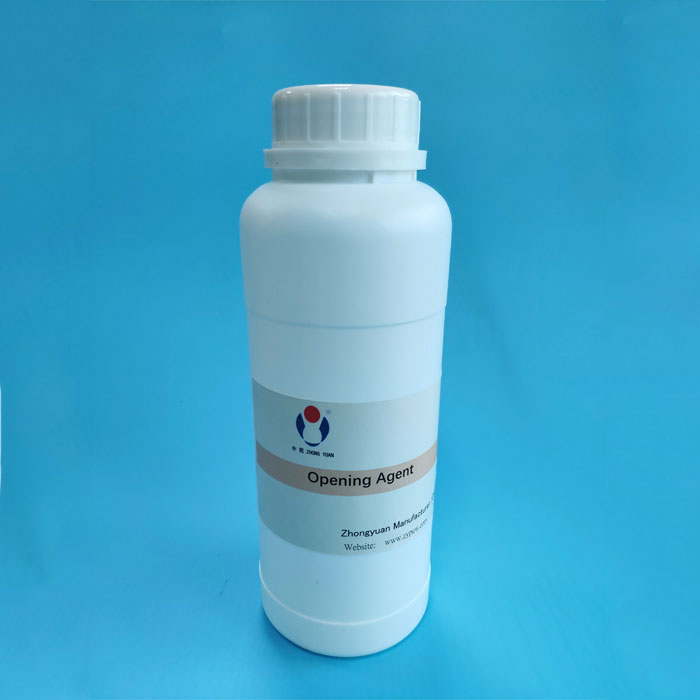Foam cell-opener agent is an auxiliary agent used in the production of foam plastics or foam materials. It can help control the structure of the foam, especially to produce an opening effect during the foaming process of the material. The performance characteristics of the foam cell-opener agent mainly include the following aspects:
1. Promote foaming and opening: The most basic function of the foam cell-opener agent is to help form open-structured foam. It forms a foam structure with a certain porosity by adjusting the size, distribution and degree of opening of the foam. This is especially important for foam materials that require functions such as air permeability, drainage or sound insulation.
2. Adjust the pore structure: The foam cell-opener agent can adjust the shape and size of the foam pores to ensure that the foam pore structure is uniform and stable. This is necessary in many applications, especially in the fields of sound insulation, heat preservation, filtration and sound absorption.
3. Improve the mechanical properties of the foam: By using the cell-opener agent reasonably, the mechanical properties of the foam material can also be improved to a certain extent. The adjustment of the open-cell structure helps to improve the toughness and impact resistance of the foam material.
4. Stabilize the foaming process: Foaming openers can effectively control the stability of bubbles during the foaming process, prevent foam from breaking or being uneven, and ensure that the foam material maintains a good open state throughout the foaming process, thereby achieving the expected performance.
5. Improve the air permeability of foam materials: Open-cell foams usually have good air permeability or drainage, which is crucial for some specific applications. Openers help enhance the air permeability of foam materials to adapt them to these needs.
6. Improve surface properties: Foaming openers can sometimes also improve the surface properties of foam materials, especially in appearance and touch, giving the foam a better texture and appearance.
7. Environmentally friendly and low toxicity: Many modern foaming openers tend to be low-toxic, harmless and environmentally friendly products. Their use not only meets environmental protection requirements, but also reduces the emission of harmful substances, and is suitable for food packaging, household goods and other fields.
8. Strong adaptability: Foaming openers can be applied to a variety of types of foaming systems, including the foaming of polyurethane, polystyrene, rubber, polyvinyl chloride (PVC) and other materials. It can provide stable performance under different foaming conditions.
9. Small dosage, significant effect: Foaming cell openers usually only need to be used in small amounts to achieve the desired effect. Its addition amount is closely related to the cell opening effect and performance of the foam, so it needs to be precisely controlled in the formula.
10. Cost-effectiveness: Due to its small addition amount and its ability to significantly improve the performance of the foam, the use of foaming cell openers can usually improve the overall performance and market competitiveness of the product without significantly increasing the production cost.
In general, foam cell-opener agent are widely used in many fields such as construction, packaging, home, automobile, electronic equipment, and medical by optimizing the structure and performance of the foam.


